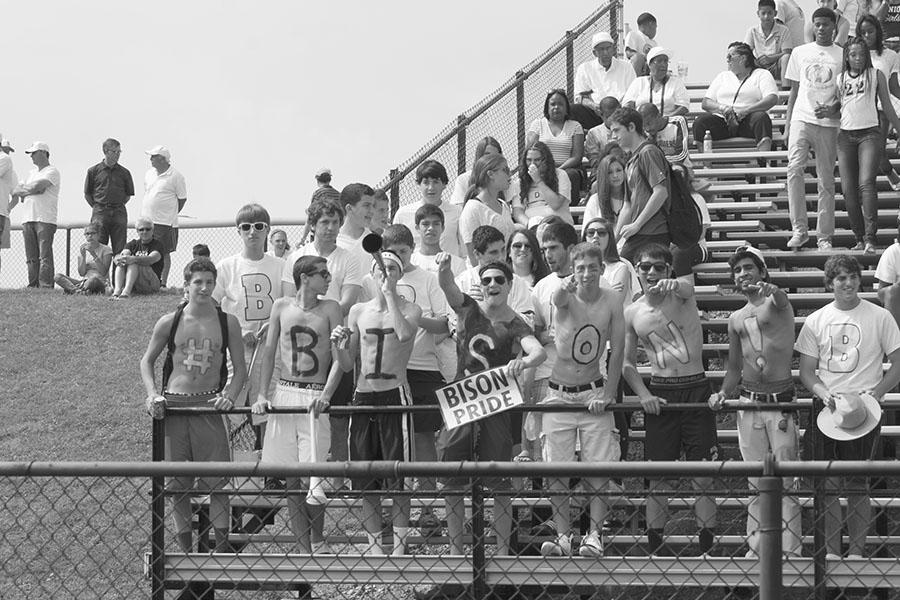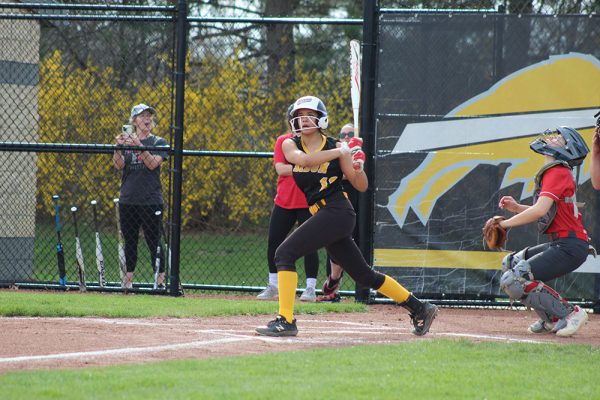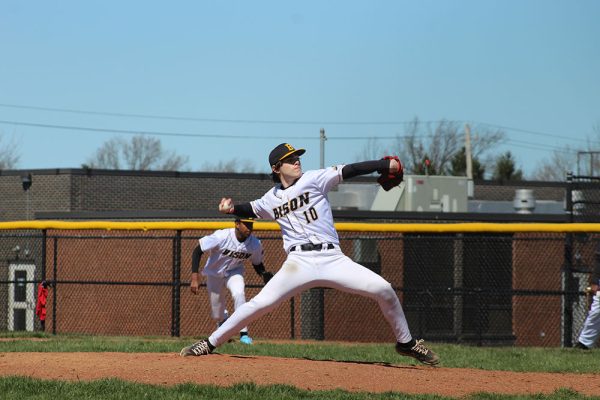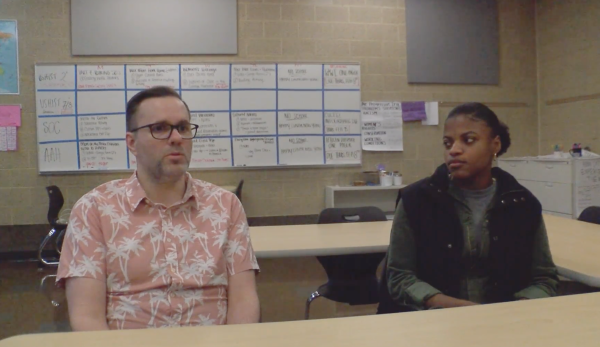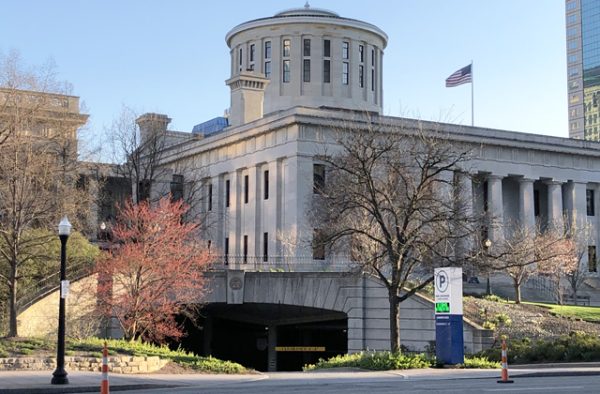Two Types of School Spirit
Fans cheer for Bison football; fall 2013. Photo by Marc Silver.
As student council elections and spirit week approach, students brace themselves for a torrent of appeals aimed at increasing school spirit. Pleas from sports captains to attend their games are often met with eye rolls and snickers. The generalization that Beachwood has “no school spirit” is tossed about casually.
Before BHS students are criticized for having no school spirit, it is important to define exactly what school spirit is. In one sense, it means participating in activities because of pride for the school or to make the school a better place. Beachwood has no shortage of this. The recent success of the girls and boys basketball teams, swim team, wrestling team and speech & debate team are all prime examples. When students represent Beachwood in competition, they are not trying to win for themselves alone, but for pride in the school. Moreover, clubs like TV production, student council and ecology club, just to name a few, operate to make the school a better place. Of course these activities reflect student pride in the school.
In another sense, school spirit means supporting other groups of students in activities apart from our own. Essentially, this means being a supportive audience. When people lament Beachwood’s lack of school spirit, this is what they are talking about. But why are BHS students so unlikely to form a cheering crowd? And what is the value of this sense of school spirit anyway?
First, our small student population combined with a lot of extracurricular activities means that there are fewer people left to cheer in the stands. In order to support the number of clubs we have, virtually all students have to be involved in some way. Many of the clubs and sports have overlapping schedules. This doesn’t even account for all the time-consuming preparation many clubs and sports require. The fact that students are as involved as they are means people do have pride in the school. It just limits the time we can spend supporting others.
Furthermore, with more AP classes and stricter state standards, course loads are becoming harder, and more hours are spent on homework. Moreover, as college acceptance and scholarships are becoming increasingly competitive, students have to spend more time preparing for college. All of this, combined with the strain of extracurricular involvement, leaves precious little time for students to be a supportive audience.
Yet while this kind of school spirit may be difficult to achieve, it still has value. When a basketball player goes to a debate tournament or an academic challenge member attends a football game, they are getting outside of their comfort zone to support a classmate. The whole idea of a community is to provide a network of support for all members. To the extent that BHS is a community, it is imperative that we all strive to support each other, not because people are necessarily our friends, but because we are part of a community united by a common purpose and background.
It certainly is important to be dedicated to one’s own activities, try hard in school, and be concerned about the future. These values reflect pride in ourselves and in our school. But if we are to truly support one another as a community, we must make a choice. If developing ourselves individually is really the goal of high school, then, perhaps we should toss conversations about student apathy to the wayside. But, if there is value in coming together as a community of learners to support one another in both our failures and our successes, we must get beyond ourselves and renew our efforts to show strong school spirit.



